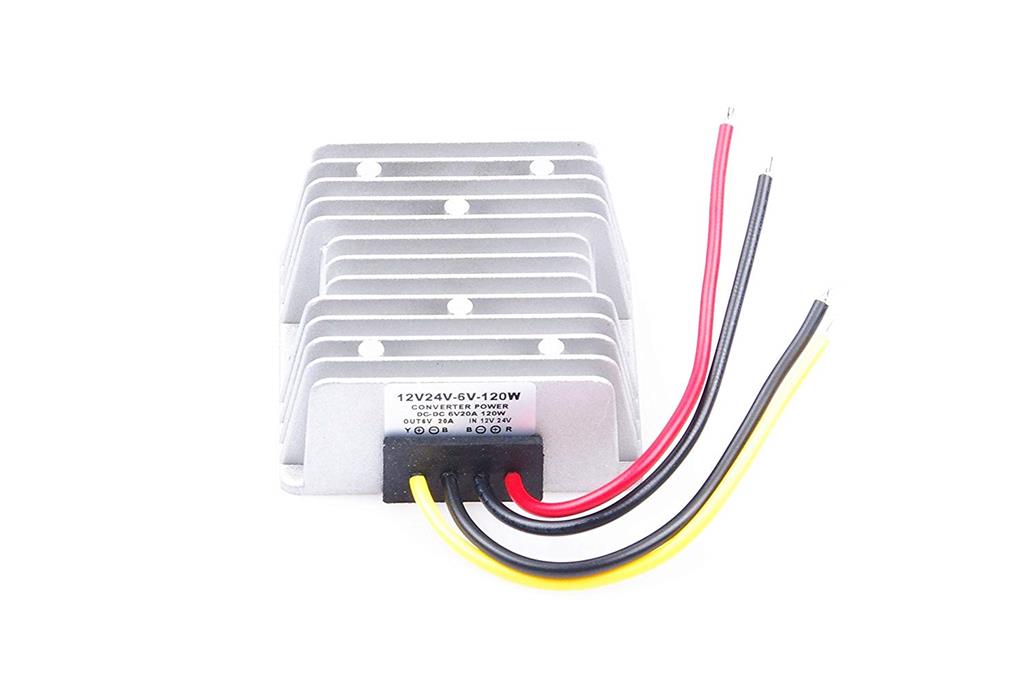PRO
rz90208
USA
Asked
Looking for an inexpensive way to isolate the EZBv4 signal line from the Hitech 805bb servos on my inMoov. I am think of using 2 Ardunio megas as isolation devices. Connecting the EZB servo ports to pins 0 - 24 of the Arduino and the servos to pins 30 - 54 of the Arduino and using the following code (just a quick sketch)
void setup() {
for (int i=0;i<25;i++)
{
pinMode(i,INPUT);
pinMode(i+30,OUTPUT);
}
}
void loop() {
int val = 0;
for (int i=0;i<25;i++)
{
val = digitalRead(i);
digitalWrite(i+30,val);
}
}
I have not tried it yet, thought I would bounce it off the community first.
Your thoughts?
RichardZ
Related Hardware Arduino Due/Mega
Related Controls
EZ-B Connection
EZ-B v4 Info

Mind if I ask why you want to isolate the signal line? Most of us inmoov people simply isolate the servo power buss and leave the signal connected to the EZ controller along with a ground.
I have had a 805BB cook and take out the lower EZBv4 ports. Not realizing at first it was the servo, I tried swapping EZB's and took out the lower ports on the other EZB. I have replaced the servo and the boards in both EZBv4s but am now a bit gun shy and want to prevent this from happening again.
ahh, luckily I have not had the same problems with mine. Perhaps others will chime in and help with your Arduino question. Good luck
I have also been considering using 6 - 74LS244 but 2 Arduino Megas I think would be cleaner. And a lot less time and work.
I haven't really tried them myself but have you thought of using opto-isolators? It looks like there are a few breakout boards on the market.
Opto-isolators are also designed not blow as often as Buffer chips/Arduino go-between boards.
I have never heard from other InMoov builders having this issue or had this problem with my InMoov which causes the 805b servos to take out the ports on the EZB controller?
Are you powering the servos via a separate PSU/Battery or only one supply for both servos and EZB’s?
If you use a Arduino to isolate the signal between the EZB and servos, wouldn’t this then just blow the port/s on the Arduino, if this is really the problem??
While that code is an interesting approach, it’s going to twitch and burn out the servos quickly due to the twitching. The reason is there’s an analog pwm from the ezb being interpreted by the arduino and then creating a second pwm for the servos. That’ll be very noisy
also, the arduino servo library isn’t to be trusted. If you take a look on the oscilloscope, the way the pwm is generated is kinda hacked and it moves around quite a bit. It’s okay, but I’m not a fan of the pwm is generates. Also, I don’t know if all the ports you wish to use can be servo or pwm read on the arduino.
if you wanted to have another controller responsible for the servos, id recommend connecting the arduino via uart to the ezb and using virtual servos so there’s no analog interpretation. This would be similar to how the scc-32 works.
@Jeremie My first thought was to use opto-couplers but the Arduino solution just seemed so much easier and I have a drawer full of 74LS244's from my TRS-80 days. Showing my age now!
@CEM I am using a Switching power supply out of a large Dell Server. I run the 12v output through 2 12v to 6v DC to DC converts. The 6v powers the EZBs and the Servos NOT through the EZBs.
@DJ I knew you would have some insight on this. It just seemed to easy as I have plenty Arduinos Megas on the shelf.
Maybe I am making to much of this. Since no one else is having this issue, just consider it a fluke and wire him back up and move on.
I’m guessing the fluke was a short to positive on the signal wire in the servo
if you look at high quality servos, such as the ezrovot hdd’s, they’ll have a glue like substance on the pcb where the wire is soldered. This prevents the signal wire from hitting the positive wire under stress
im guessing the servos in question don’t have that. Perhaps the preemptive solution is to put some hot glue on the pcb where the wires solder
@rz90208 - Perhaps you could elaborate a bit on the DC converters you are using. You mention 2. Is one powering the EZB's and the other the servos? If so, is there a common ground? Is there a common power buss to your servos? At this point you should only have the servo signal wire and ground connecting to your EZB. Is this how you are wired?
@rz90208 I do believe your problem could somewhere lies in your power configuration. Some cheaper DC to DC converters are notorious noisy and has caused me issues in the past. Not to your extent of blowing out ports, but it has caused very strange issues. Also what current rating are they? Do you have access to an oscilloscope to look at the 6v DC power lines?
I have discussed the wiring in a past thread. https://synthiam.com/Community/Questions/Ezbv4-D12-23-Not-Working-3158/comments
@cem Yes, I have a dual trace tektronix scope Here is the dc-dc converter I am using.
@rz90208
Looks like you have been over everything in your passed posts.
Just curious, but have you reverted to having two battery packs one for servos and one for the EZB controllers. And discounting the Dell PSU and the dc to dc converters, and see if you get this problem??
@cem No I have not. After replacing the servo and the 2 EZB lower boards and have not powered up the Robot. I have been trying to come up with a way to insure it does not happen again.